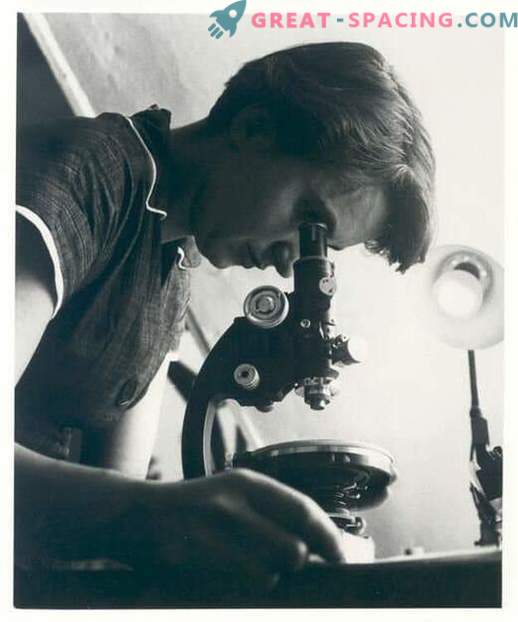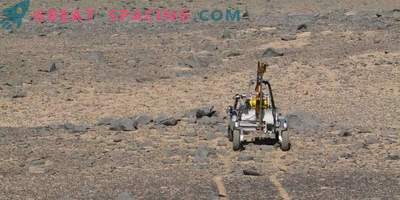
The rover of the ExoMars mission (in the foreground) and the Russian stationary scientific platform are planned to be launched in July 2020. In March 2021, must arrive on Mars. The TGO orbiter, located on the Red Planet since 2016, will play the role of a repeater
The future ExoMars rover, which will search for the building blocks of life on Mars, received a name. Before you is Rosalind Franklin. Now the name of the scientist will appear on the Red Planet in 2021.
Experts chose Rosalind Franklin, examining more than 36,000 applications sent to the competition in July 2018. The rover will be the first of its kind, as it will combine the ability to move around the planet and study it at depth. In the past, there was water on the Red Planet, but now we see only a dry surface with a high level of radiation.
Rover Rosalind Franklin is going to drill up to 2 meters in depth to study the soil, analyze its composition and find hints of past or present life hidden under the surface. The rover is part of the ESA program and Roscosmos.
Why is it so called?
Rosalind Franklin was a British chemist and X-ray crystallographer. She made a significant contribution to the disclosure of the structure of the double helix of DNA. Also engaged in the study of coal, carbon and graphite. The ESA has a long tradition of calling machines names of eminent scientists, such as Newton, Planck, and Euclid. The name was announced on February 7, 2019. The developers are especially proud of the mechanism that will represent a full-fledged automated laboratory on the Red Planet. For data transmission use TGO (Trace Gas Orbiter), which tries to track small amounts of gases in the Martian atmosphere. Perhaps they are associated with biological or geological activity.
The future rover already has an estimated landing site. In November 2018, the choice was stopped at Oxia Planum. The location is located near the Martian equator, which will allow you to explore the ancient environment, which was once rich in water and possibly primitive life forms.

Rosalind Franklin was a British chemist and X-ray crystallographer. She made a significant contribution to the disclosure of the structure of the double helix of DNA. Also engaged in the study of coal, carbon and graphite
If you look at the development of the mission, you should think about the return of the collected samples. ESA is already developing this concept in collaboration with NASA. This is a complex task involving several missions, and each next one will be more difficult than the previous one.
Long-term planning greatly influences the implementation of missions that can find answers to fundamental questions about the origin of life on our planet and the Universe in general. ESA has been studying Mars for over 15 years.










































